Presbyterians and the Civil Rights Movement
Commission on Religion and Race Page 1
In 1963, on the heels of the national crisis precipitated by the Civil Rights marches in Birmingham, Alabama, the 175th General Assembly of the United Presbyterian Church in the U.S.A. (UPCUSA) mandated the creation of the Commission on Religion and Race (CORAR) as “the focal point for race relations and liaison with interfaith and ecumenical efforts.” Under the leadership of Gayraud S. Wilmore, the Commission was responsible for the design, coordination, and implementation of a comprehensive race-relations strategy for United Presbyterians.
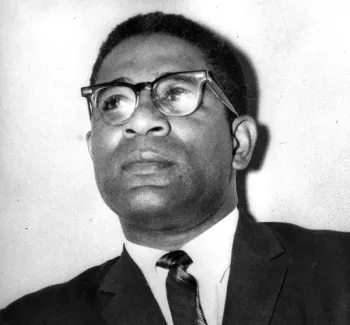



Martin Luther King Jr. Page 2
In a radio interview with the Christian Broadcasting Associates in February 9, 1957, one month after the bombing of parsonages and churches in Montgomery, Alabama, King hopes for the end of “the bleak and desolate midnight of man’s inhumanity to man.”
In 1958, the United Presbyterian Church in the U.S.A. General Assembly invited Dr. Martin Luther King Jr. to address the Overseas Breakfast in Hotel Webster Hall during the 170th General Assembly in Pittsburgh, Pennsylvania. King’s lecture was cast in the form of an imaginary letter from the Apostle Paul to the church in America.

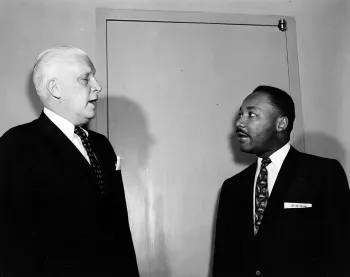
Under a mandate from the 1964 General Assembly, the Presbyterian Church in the U.S. Board of Christian Education’s Division of Christian Action organized the 1965 Christian Action Conference, held in Montreat, North Carolina, on the topic of “The Church and Civil Rights.” BCE Secretary Malcolm P. Calhoun invited Dr. Martin Luther King, Jr. to make the keynote address. The conference provided an opportunity for members of the church to speak with individuals who had been active in the Civil Rights Movement and to evaluate what role the Church should assume in the crisis.


At the conference, King delivered a speech titled “The Church on the Frontier of Racial Tension.” In this portion of King's speech, he laments that future historians will find that “the Christian church in the South was the last bastion of segregated power.”
On September 21, 1966, at the invitation of the United Presbyterian Church in the U.S.A. Commission on Religion and Race and the Synod of Catawba, King delivered a speech at Johnson C. Smith University in Charlotte, North Carolina. Three thousand people packed the Hartley-Woods Gymnasium to hear it. In this recording, Dr. King speaks of the spiritual poverty left in the wake of America’s great material progress. King describes a nation riven by racial injustice into prosperous and dispossessed halves.
Protests and Marches Page 3
On January 22, 1964, CORAR sent fifty-two clergymen to participate in Freedom Day, a voter registration event in Hattiesburg, Mississippi. Encouraged by the program’s success, CORAR created the Hattiesburg Ministers’ Project to coordinate clergy participation in picket lines, canvassing, and voter registration attempts. The volunteer clergymen were met with bitterness and resentment by the community, and nine UPCUSA ministers, including K. Stephen Parmelee and Emil Hattoon, were arrested and charged with disorderly conduct. Despite the arrests, the project was largely successful, and in May 1964, it was transferred to the National Council of the Churches of Christ (NCCC) to be incorporated into the Mississippi Summer Project and, later, into the Delta Ministry.
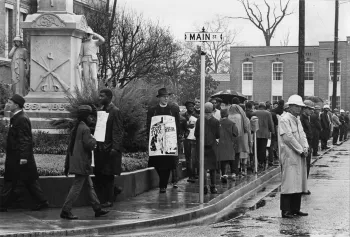
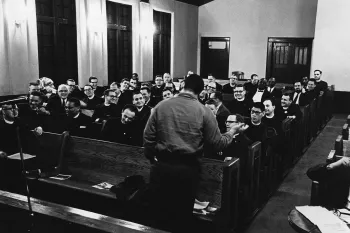

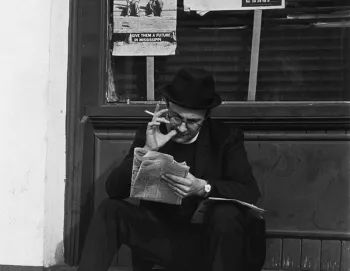

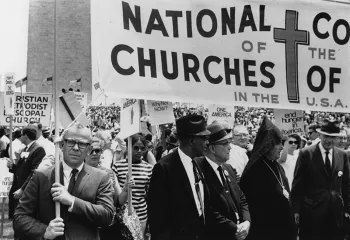
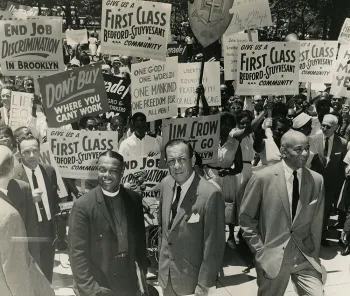

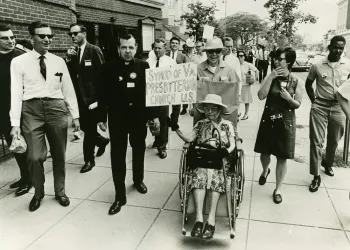
The Church in Mississippi Page 4
In February 1964, Eugene Carson Blake (1906-1985), Stated Clerk of the United Presbyterian Church in the USA and chairman of the NCCC’s Commission on Religion and Race, presented a proposal for a long term civil rights project in the Mississippi River Delta. Led by Presbyterian minister and executive secretary of the NCCC’s Division of Home Missions, Jon L. Regier, the Delta Ministry of Mississippi became the largest civil rights group in the South despite opposition from the leaders of Mississippi’s predominately white churches. Projects were located throughout Mississippi and included voter registration, education and job training, locating and building houses, distributing food and supplies, and “desegregation tests” of public facilities and schools. In its first year, the DM attracted over 300 volunteers and staff from various denominations.





In 1965, the Delta Ministry played a central role in the organization of the Child Development Group of Mississippi (CDGM), a statewide Head Start program. Mary Holmes Junior College, a Presbyterian school in West Point, Mississippi, received a grant of nearly $1.5 million from the U.S. Government’s Office of Economic Opportunity to administer the program for its first year. It operated 84 centers in 24 counties, enrolled 6,000 children, and employed 1,100 people, mostly local black women. Children received health care, nutritious meals, and educational support.




The Church and Segregation Page 5
In September 1958, the Presbyterian Church in the U.S. Presbytery of Washburn adopted a resolution urging Arkansas Governor Orval E. Faubus to countermand his anti-integration order instructing Arkansas high schools not to open for the Fall term. Governor Faubus spoke out against the presbytery, stating that the Presbyterian clergy in Little Rock, Arkansas, were comprised of "left-wingers" and "Communists." The presbytery responded to the Governor with the following resolution.



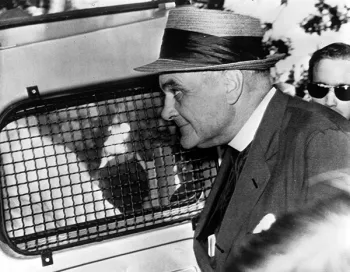
On July 4, 1963, Stated Clerk of the United Presbyterian Church in the U.S.A., Reverend Eugene Carson Blake, traveled from New York to Maryland to walk with African Americans seeking admission into the segregated Gwynn Oak Amusement Park. Blake was arrested during the demonstration, along with 282 other protestors. Here, Eugene Carson Blake enters a police van after being arrested. United Press International, Inc., NY, photograph by James E. Curry, 1963. (Image ID: 3157)
Watch a video of Eugene Carson Blake being arrested in Baltimore.


